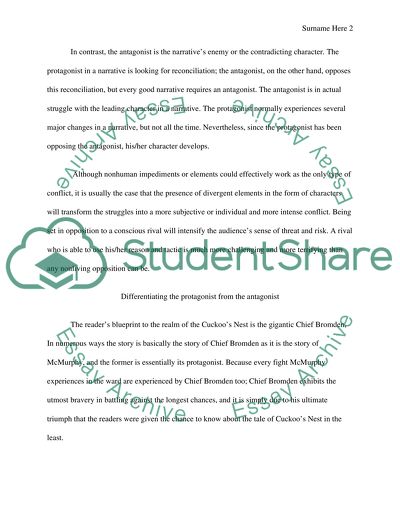Cite this document
(“Protagonist Analyisis of One Flew Over the Cuckoo's Nest Essay”, n.d.)
Retrieved from https://studentshare.org/literature/1693610-protagonist-analyisis-of-one-flew-over-the-cuckoos-nest
Retrieved from https://studentshare.org/literature/1693610-protagonist-analyisis-of-one-flew-over-the-cuckoos-nest
(Protagonist Analyisis of One Flew Over the Cuckoo'S Nest Essay)
https://studentshare.org/literature/1693610-protagonist-analyisis-of-one-flew-over-the-cuckoos-nest.
https://studentshare.org/literature/1693610-protagonist-analyisis-of-one-flew-over-the-cuckoos-nest.
“Protagonist Analyisis of One Flew Over the Cuckoo'S Nest Essay”, n.d. https://studentshare.org/literature/1693610-protagonist-analyisis-of-one-flew-over-the-cuckoos-nest.


